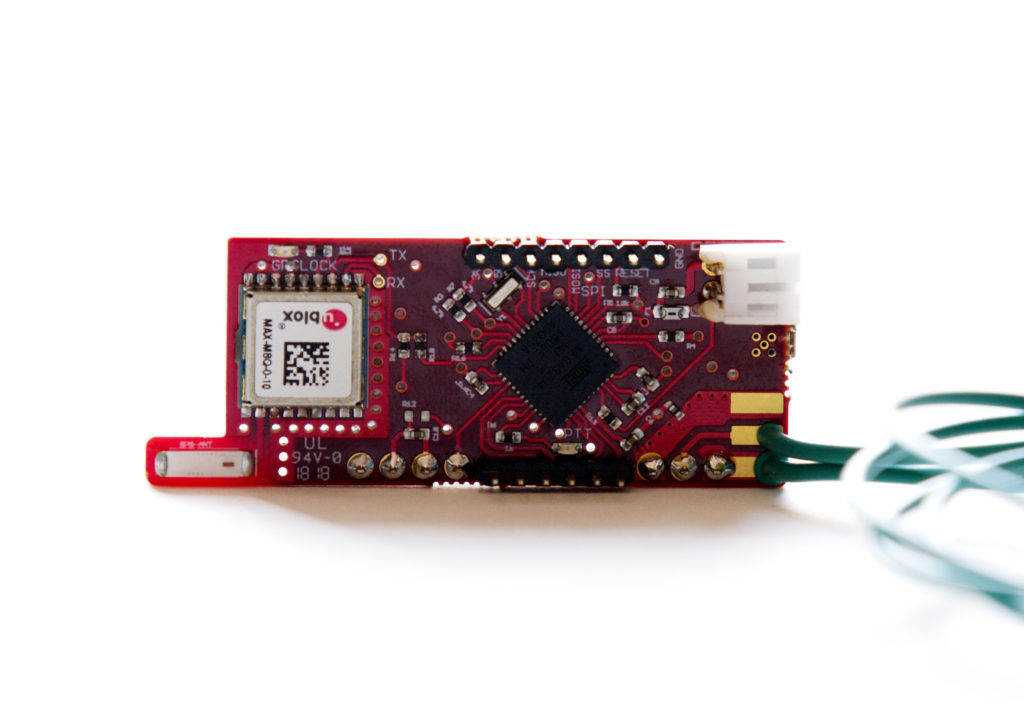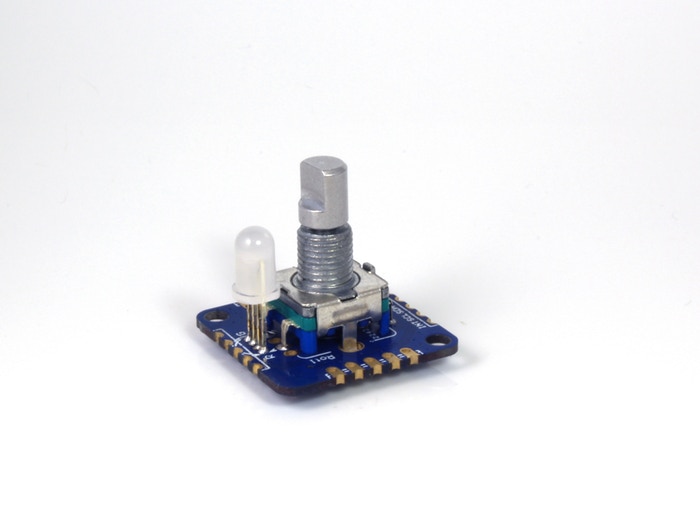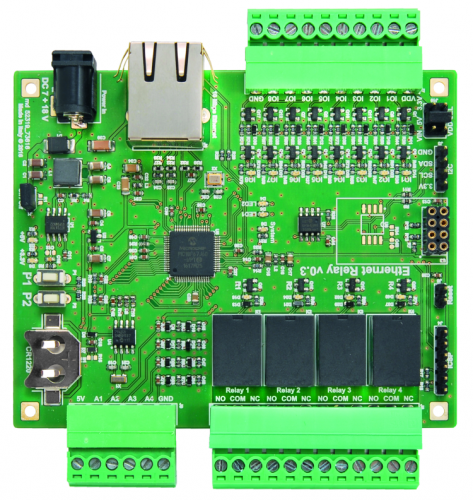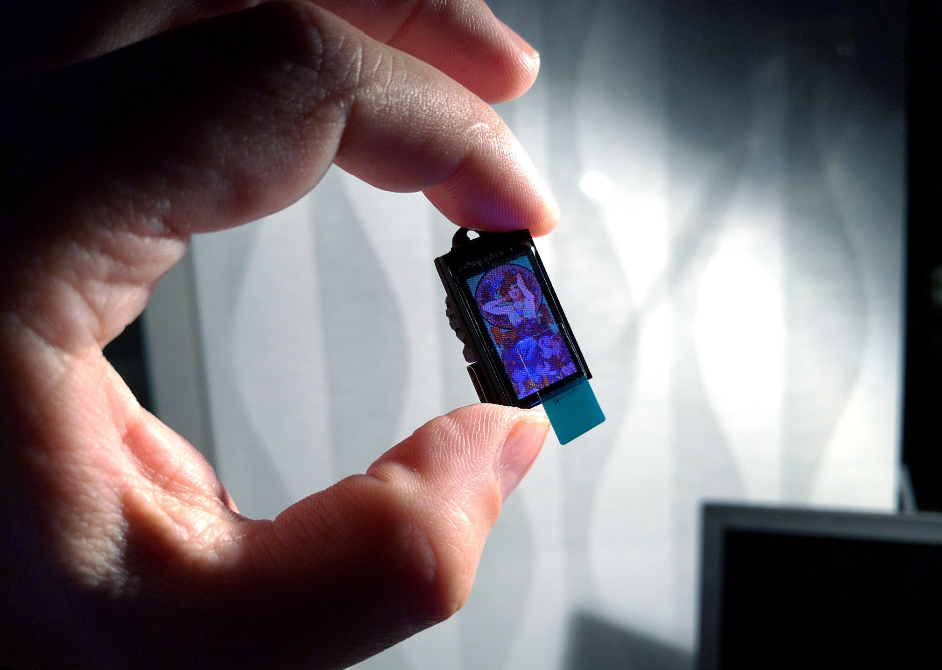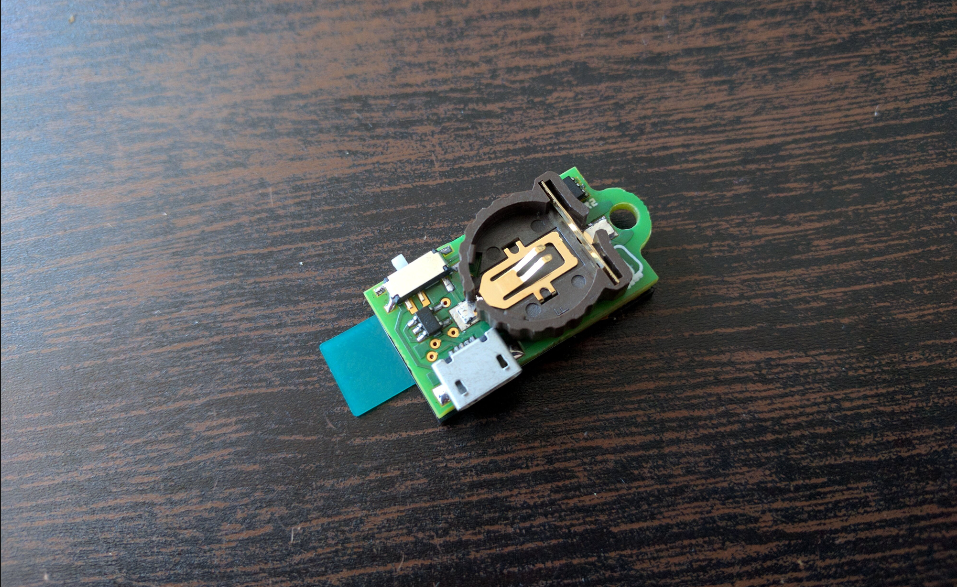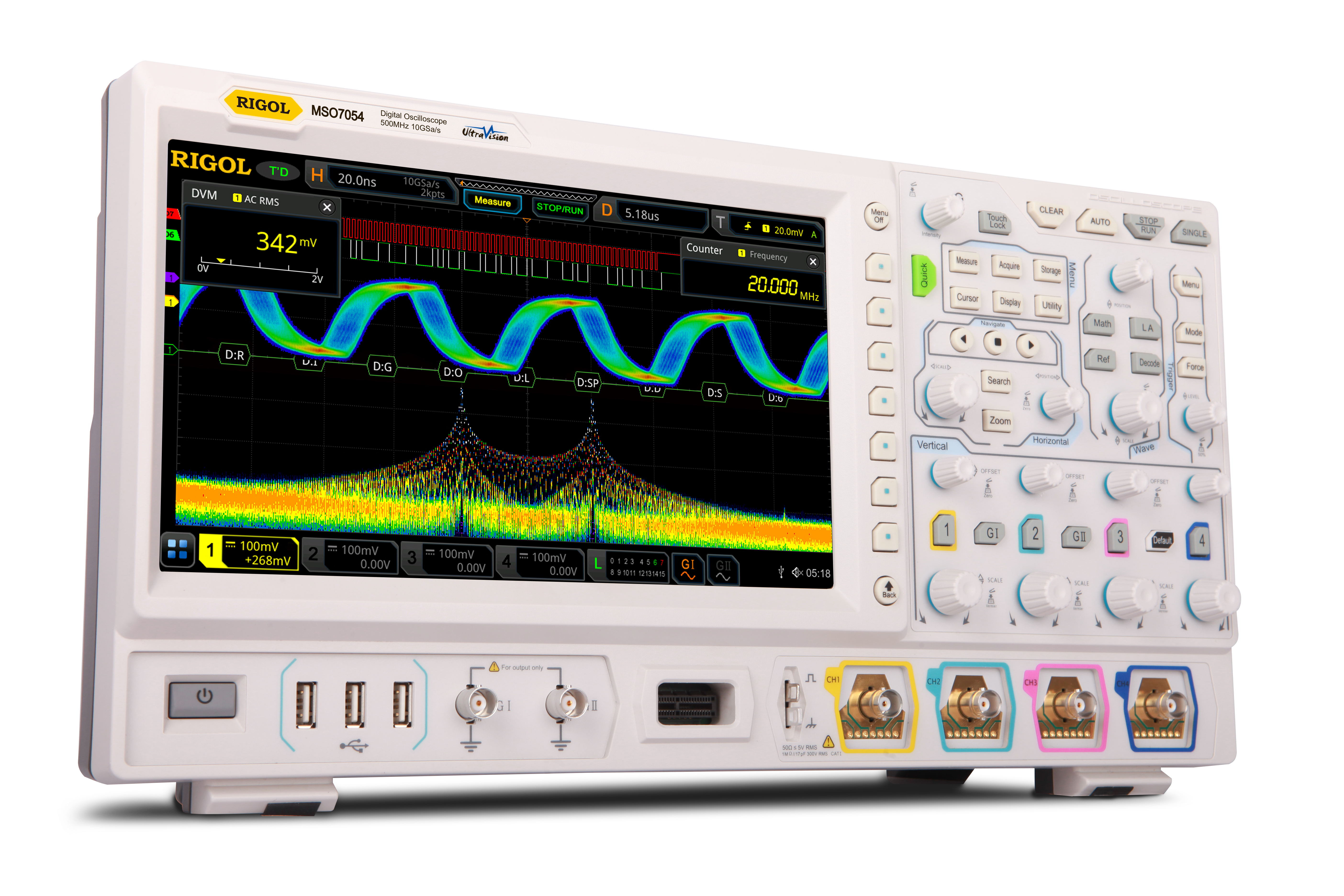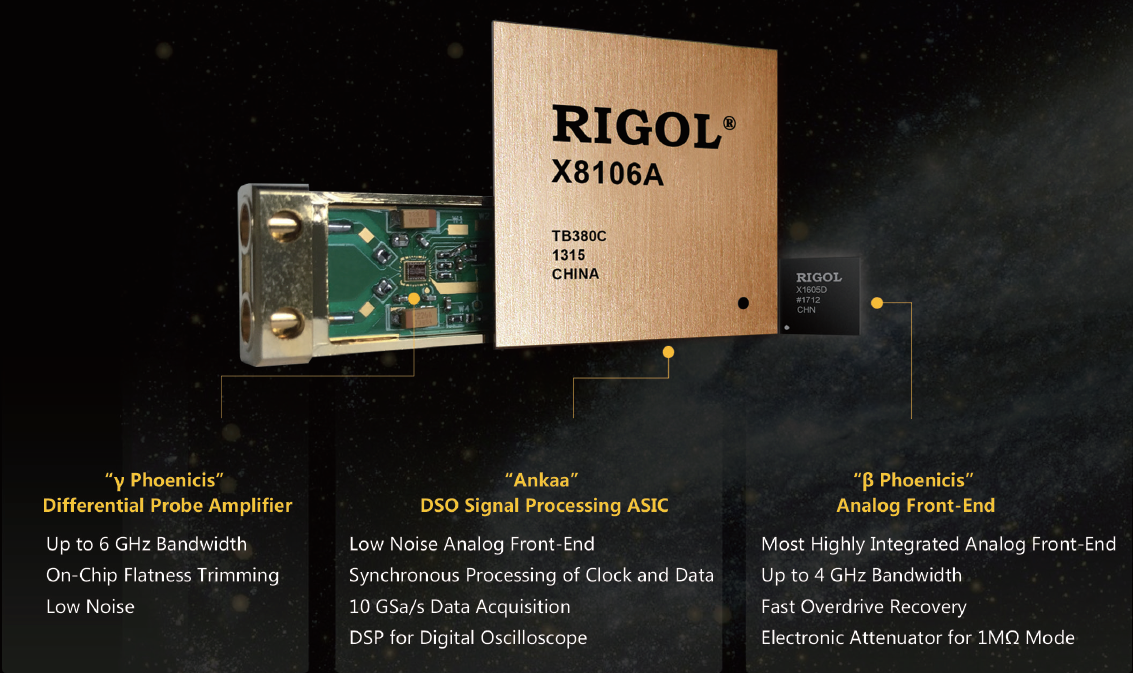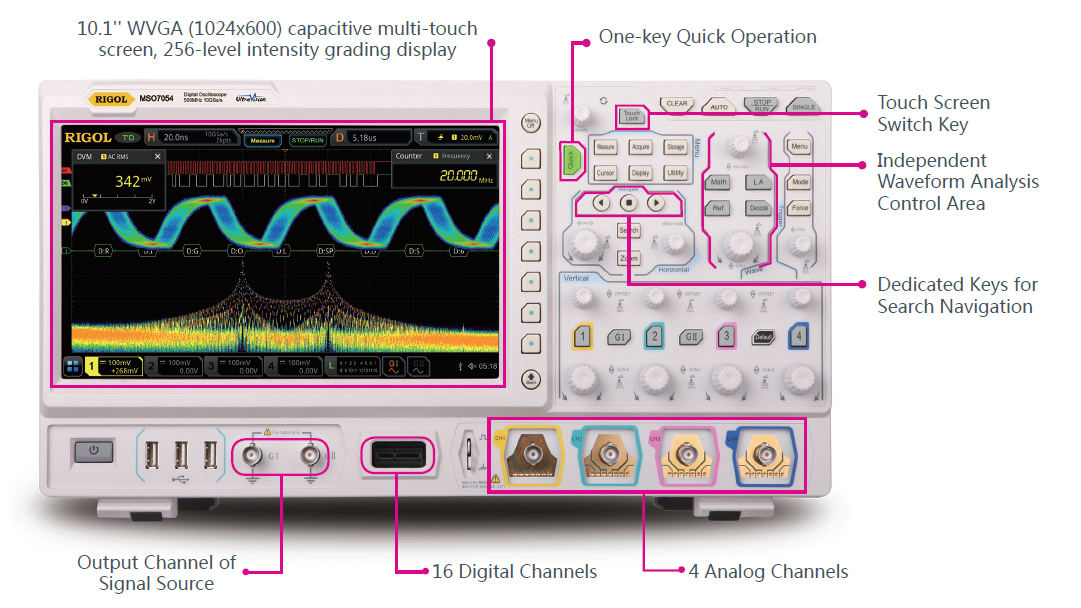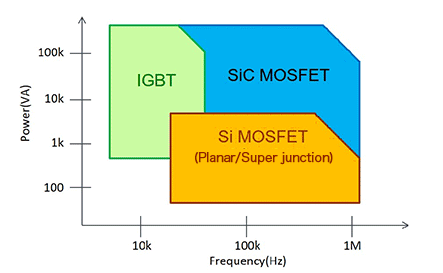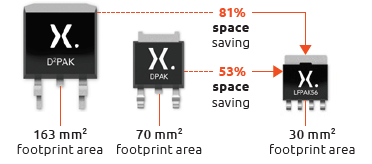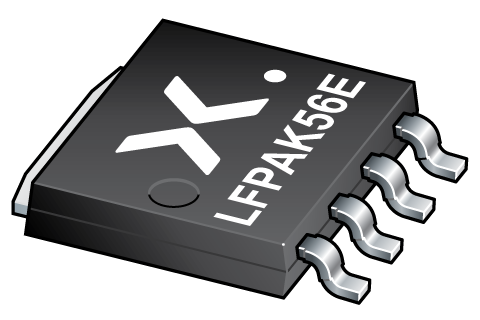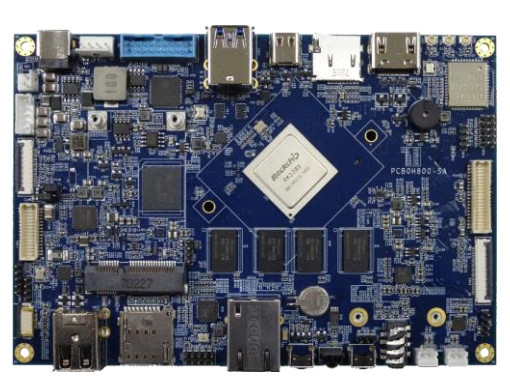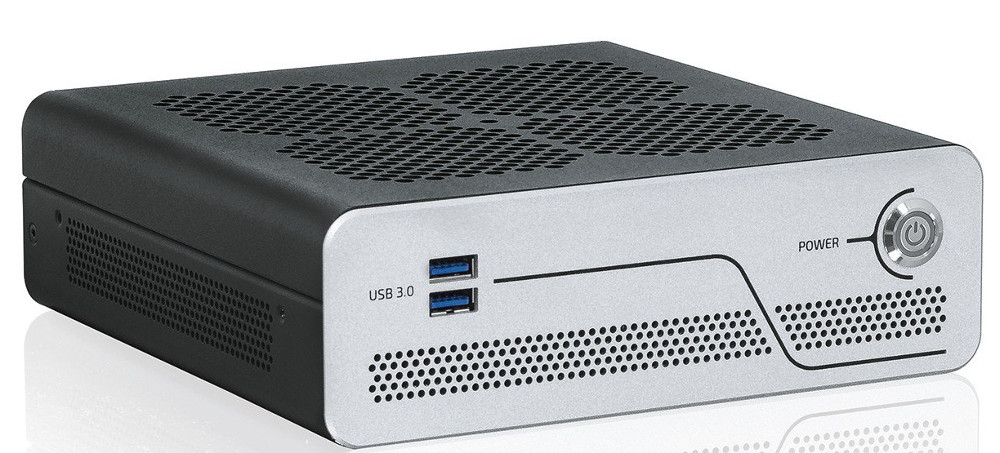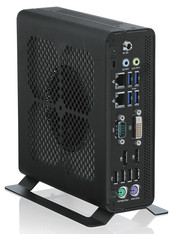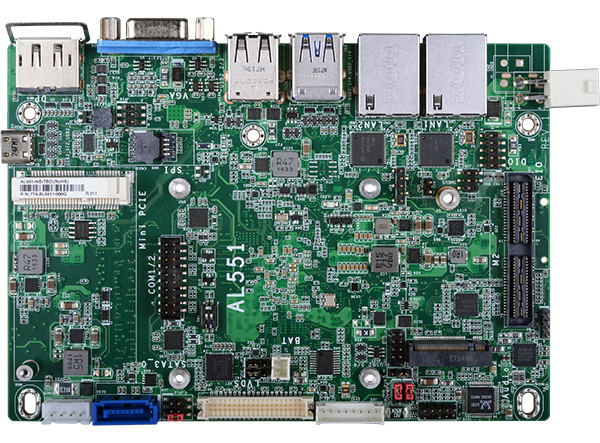What is Tracksoar
Tracksoar is one of the smallest, lightest, open source APRS trackers available. It makes tracking weather balloons, model rockets, RC aircraft, and anything else that flies simple and easy. It is able to report location, altitude, temperature pressure and humidity to the internet or direct to an amateur radio once a minute for up to twelve hours with just 2xAA batteries. Because Tracksoar is open source you can add your own modules to accommodate custom sensors, inputs or outputs to meet your specific requirements. Tracksoar can also use a range of drop in transmitters to allow for easy world wide operation. By flying Tracksoar on a weather balloon you can reduce the required helium and balloon costs per launch and it can pay for itself with just 2 launches. No other APRS solution offers this level of integration, compact size, and customization. Additionally all profits from Tracksoar sales go to supporting the Santa Barbara Hackerspace and improving the resources we offer to the community.
Tracksoar V2
To make the Tracksoar V2 even more beginner friendly we’ve done away with the serial jumpers and the programming shield. The new Tracksoar is based on the ATmega32u4, which means built in USB which we make accessible via a micro USB port. Since we freed up the serial port we no longer need to use jumpers to connect and disconnect the serial port for programming, one less sticking point while getting started with the Tracksoar.
Here’s a list of the new features and upgrades in the Tracksoar V2:
- USB Micro connector
- 4 layer board to improve RF performance
- Improved battery life
- GPS power backup
- Removable mounting points
- More available GPIO
- No programming shield or jumpers required
- New and improved firmware


